This afternoon we were very fortunate to have two scientists from Perth Zoo visit our room to tell us all about how they are working to make sure that endangered frogs and other Australian fauna will survive. They told us how they work to capture endangered frogs’ eggs and how they grow the tadpoles into little frogs, which they then return to the wild. They also showed us videos and photos to illustrate how small these little frogs actually are, and how small their habitat area is, which makes them very vulnerable.
They also showed us videos and photos to illustrate how small these little frogs actually are, and how small their habitat area is, which makes them very vulnerable.
Tammy showed us the polypipe they use as a speaker to locate exactly where the frog is calling from, to find them. Everybody learnt how to make the call of the White Bellied Frog.
 Thank you for giving up some rest time (before heading out again tonight to track and work with frogs) to come in and talk to us today.
Thank you for giving up some rest time (before heading out again tonight to track and work with frogs) to come in and talk to us today.
ROOM 6 FEEDBACK FROM THE VISIT FROM THE PERTH ZOO SCIENTISTS
Oliver said:
I think saving the frogs is a very good thing because most of them are extinct.
Sunnee said:
I think it’s a very helpful thing for the frogs because they are saving nature’s lives.
Dlveen said:
I found it interesting how they know which ones are males and which are females.
Kacey said:
I learnt that there are not many frogs left in the wild. That made me feel really sad.
Ethan said:
The Western Swamp Tortoise used to be all over Australia and now there are only two spots. It makes me feel quite surprised and sad.
Leroy said:
I think it’s interesting that they have put back around 4 000 endangered creatures.
Josie said:
I never knew there was such a thing as native rats in Australia. Now I know that those that aren’t native have a tail much longer than their body.
Tori said:
I like how they put the exercise wheel in for the Dibblers so they get fit for the wild.
Gigi said:
I never knew that the way that they told the males and females apart was because they could see the eggs inside the female.
Ruby said:
I never knew that when a frog ate their eyes were pushed back inside their head to swallow.
Oliver also said:
I find it very interesting that you can only find Western Swamp Tortoise in W.A.
Dlveen also said:
I didn’t know that they also look after other endangered creatures as well as frogs.
Leroy also said:
I think it’s cool because they have had the Zoo since 1898 .
Gigi added:
That’s cool because they thought the Dibbler was extinct but they discovered it again.
Mrs Veary said:
I think it’s amazing that Perth Zoo are willing to invest money into a program which breeds endangered species and reintroduces them into the wild. This is an important contribution to our South West fauna.
Thank you Room 6 for your thoughtful comments and for being such good listeners. I know quite a few of you are being great CITIZEN SCIENTISTS at the moment and are counting birds using The Aussie Backyard Bird Count app. 🙂
Mrs Veary





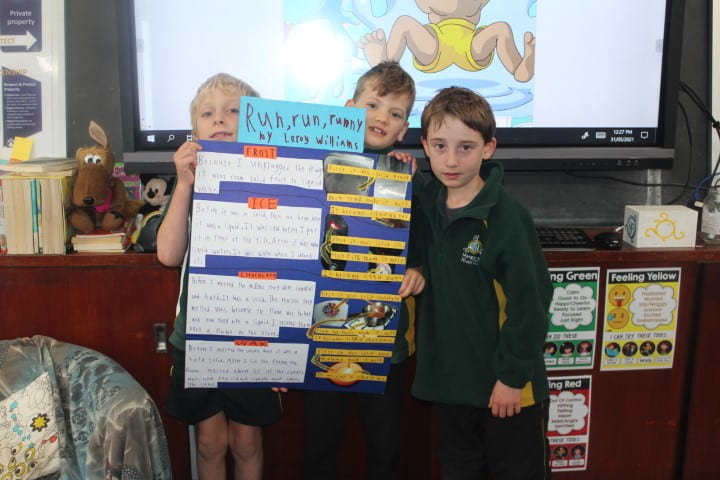
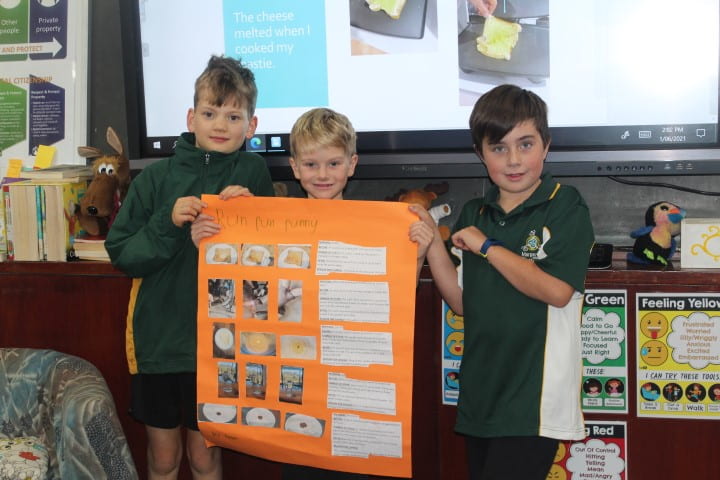

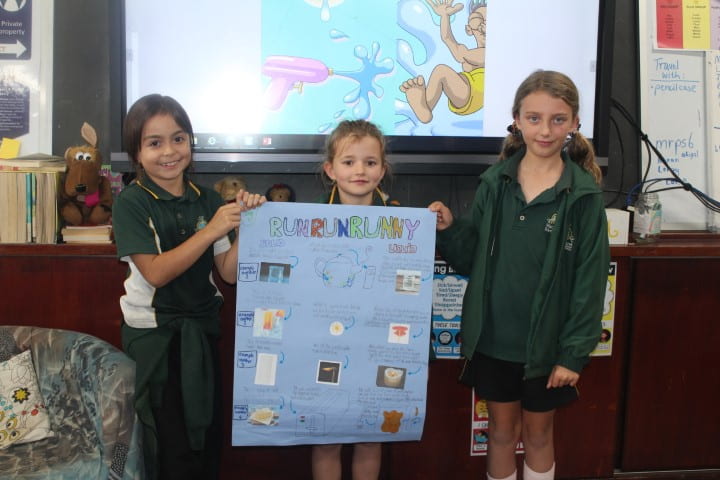

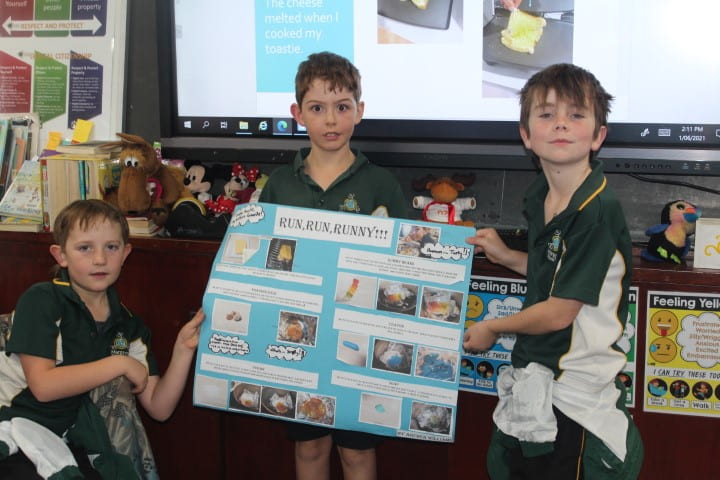
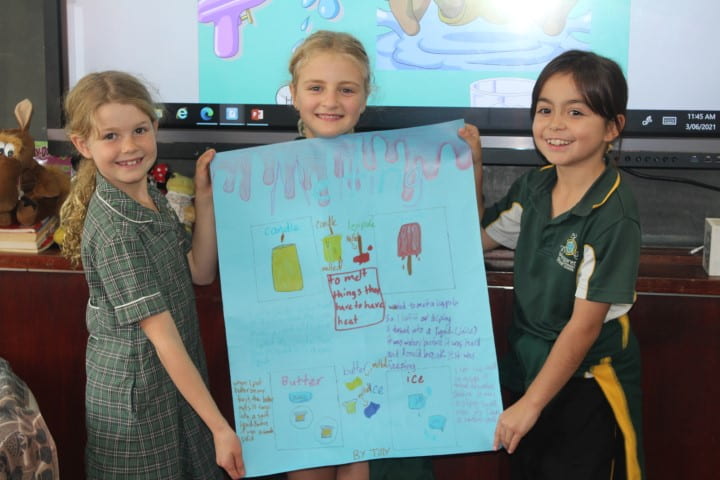
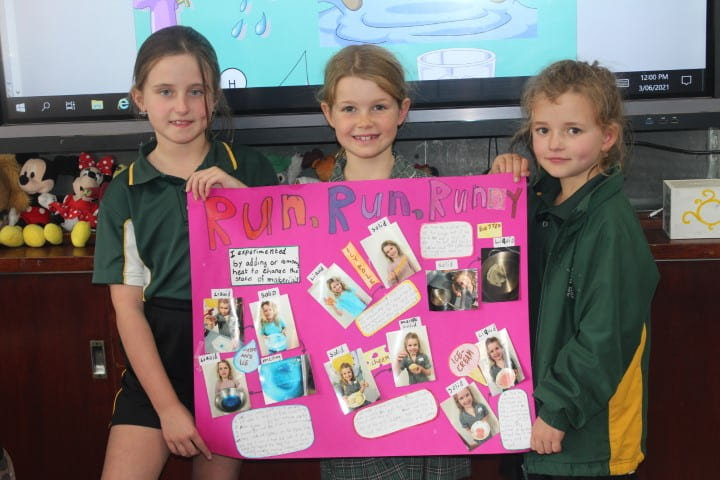

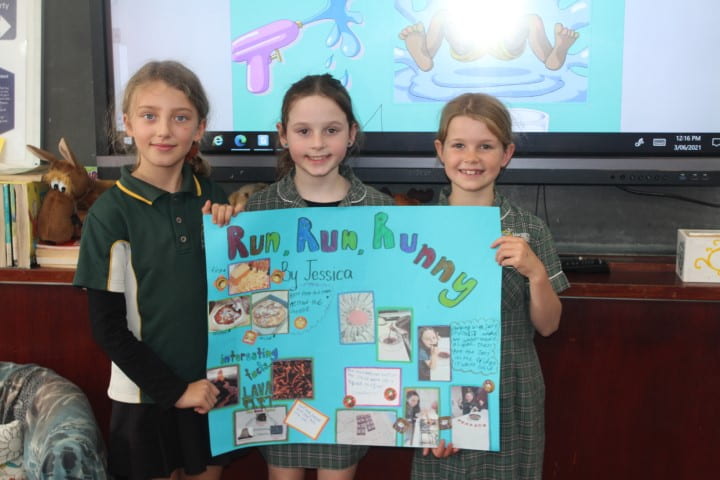

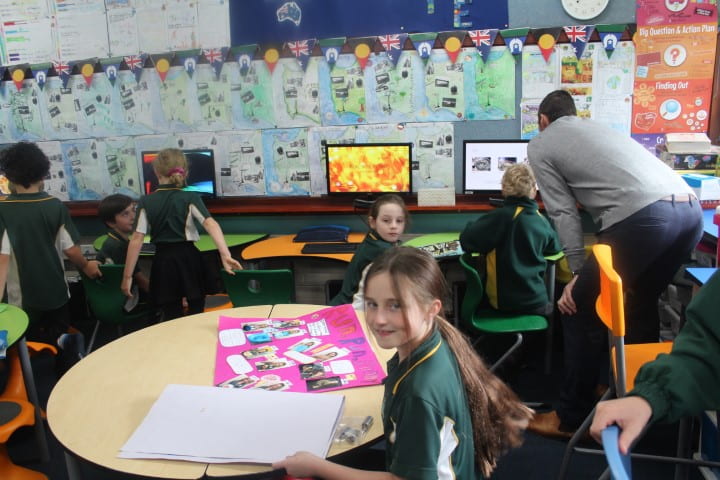

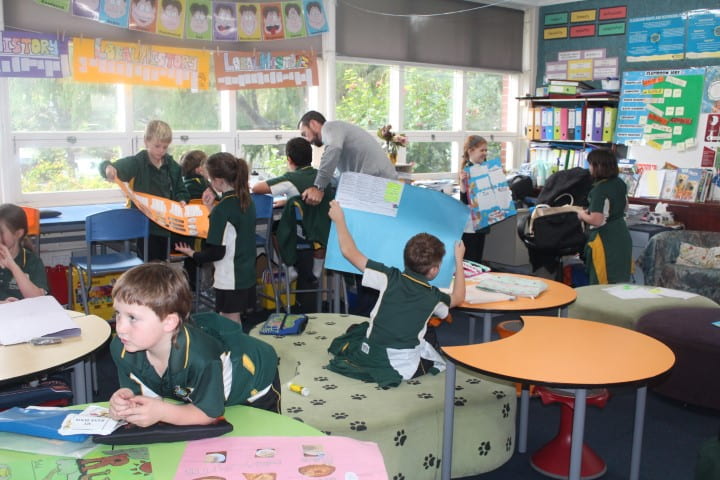
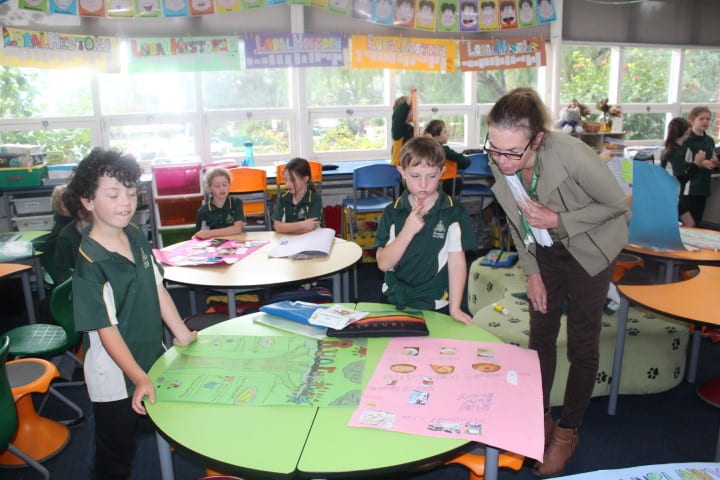



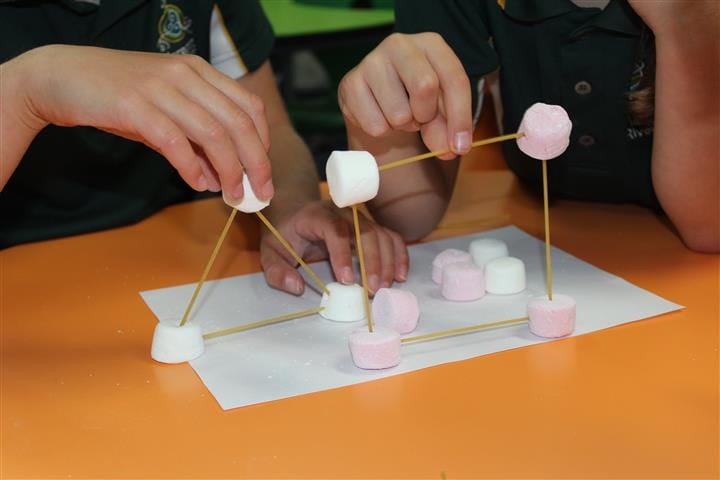
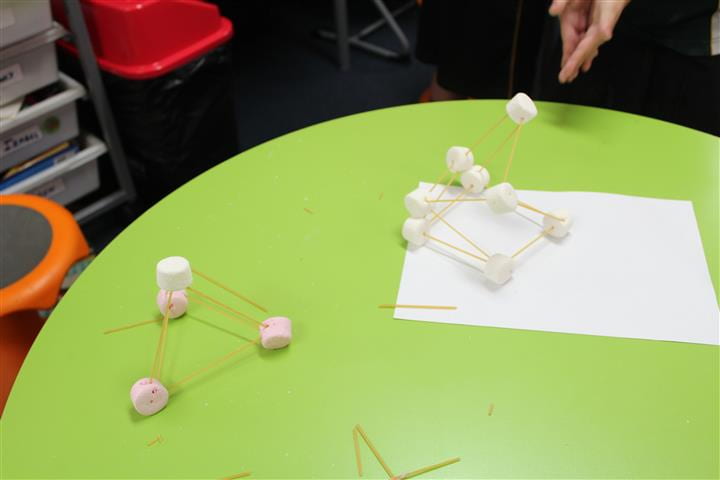


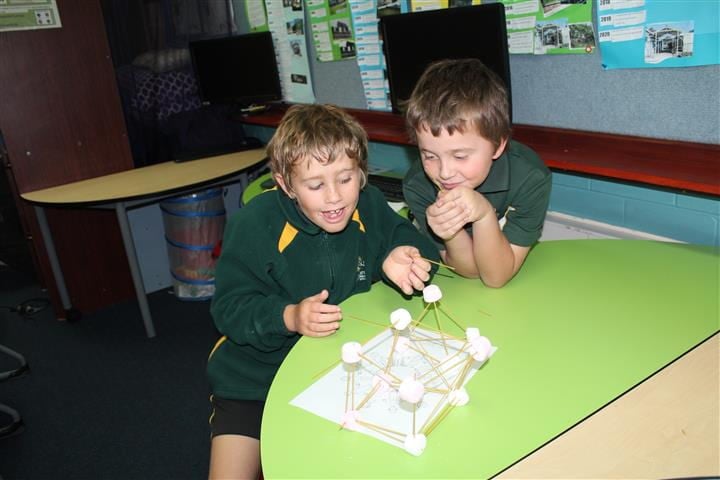
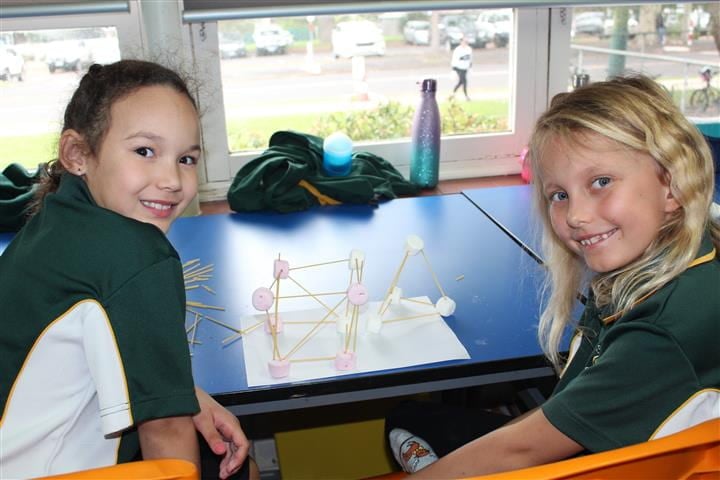
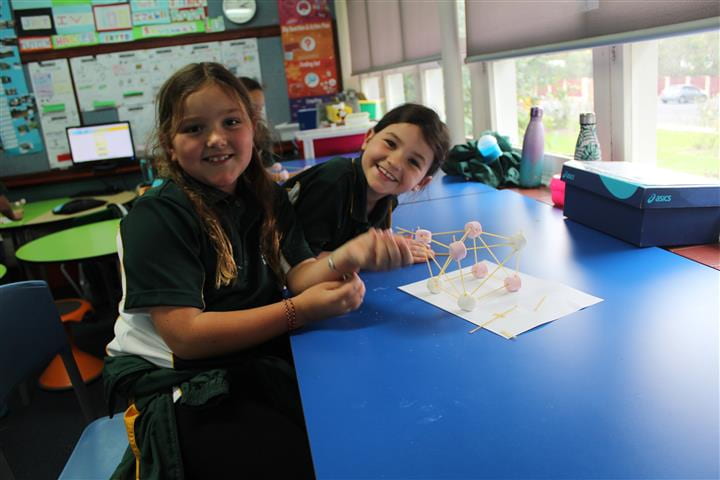

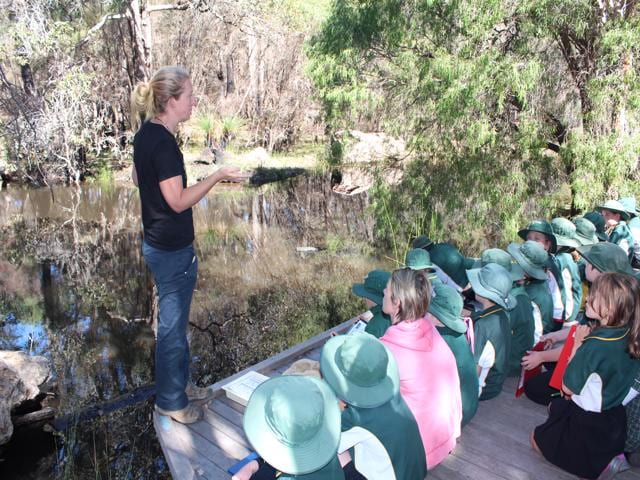

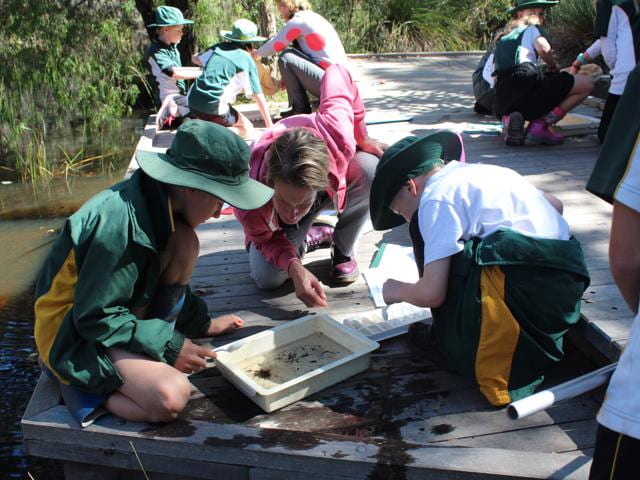

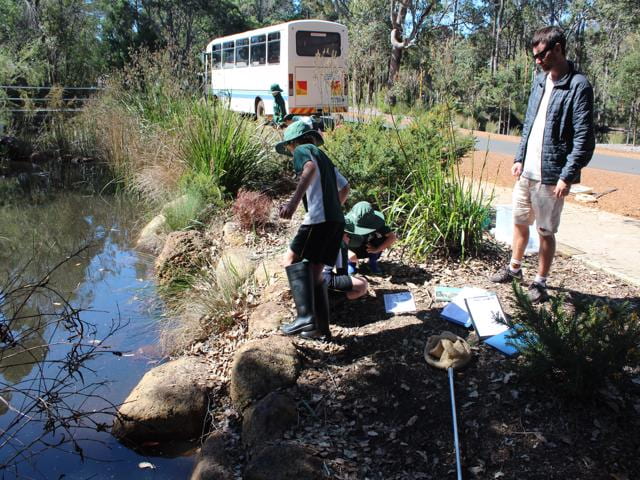
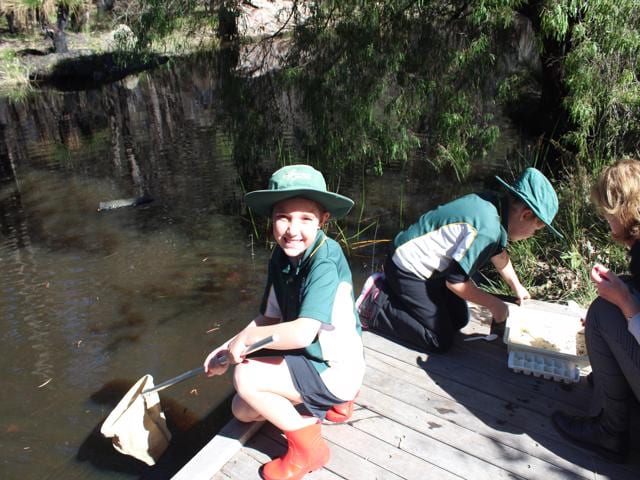

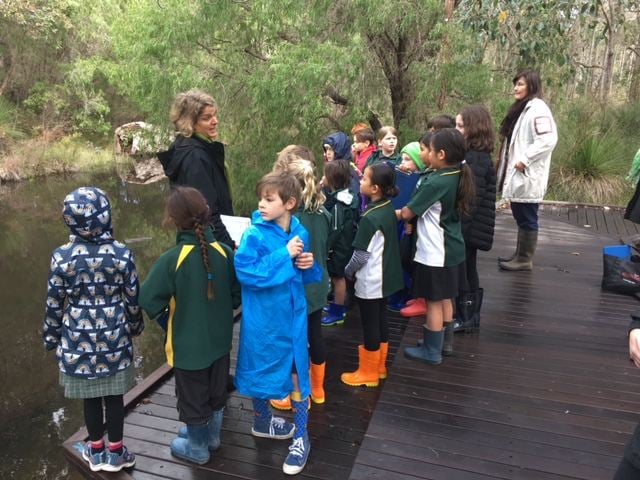

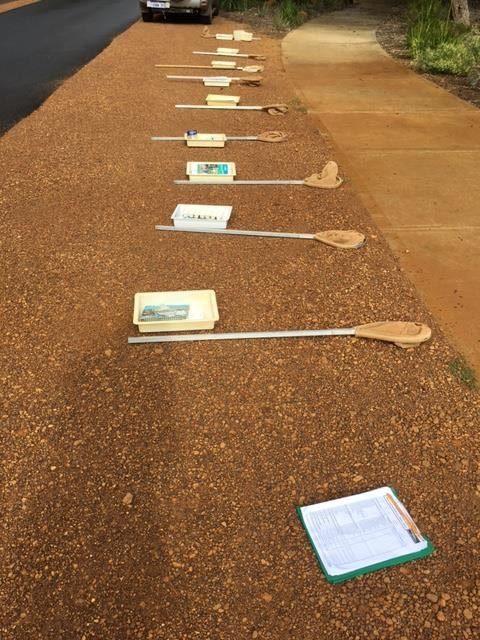
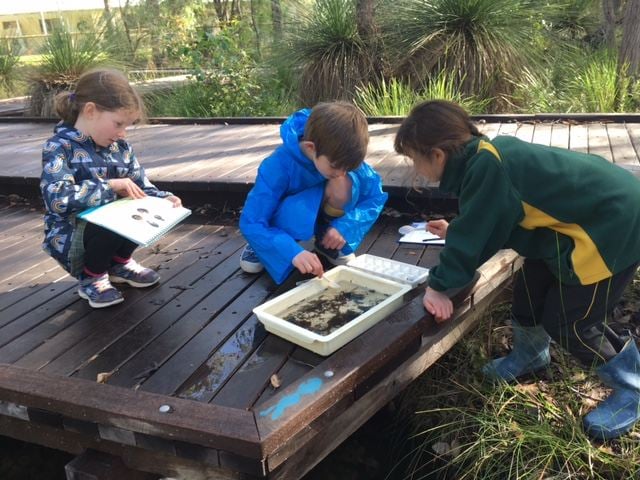

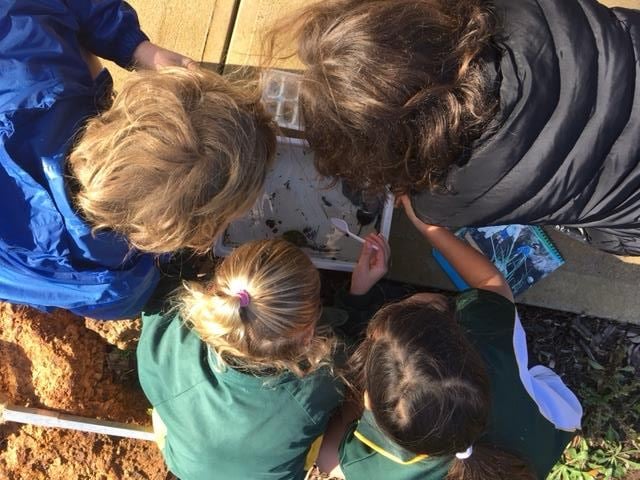


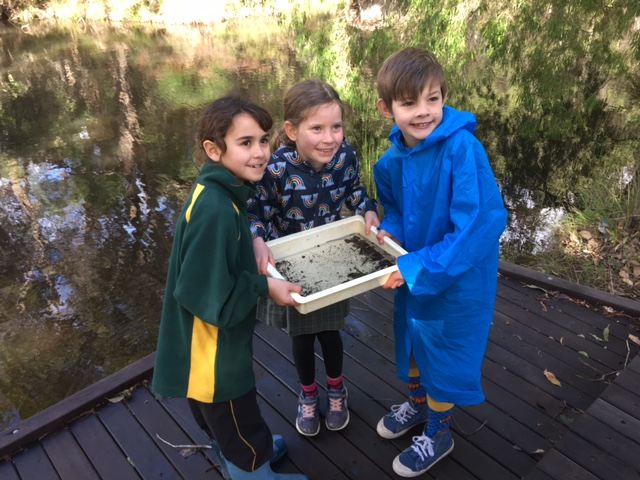 Thank you Sally for taking all these photos! 🙂
Thank you Sally for taking all these photos! 🙂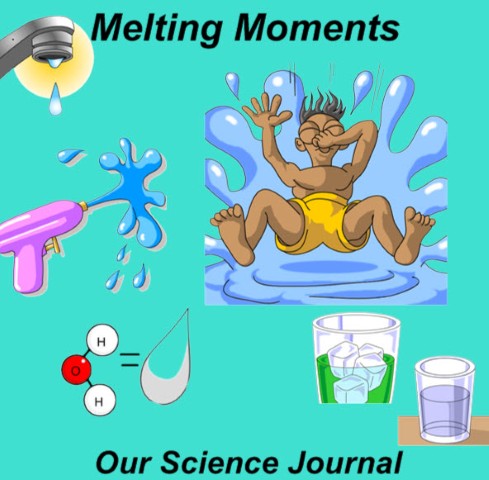
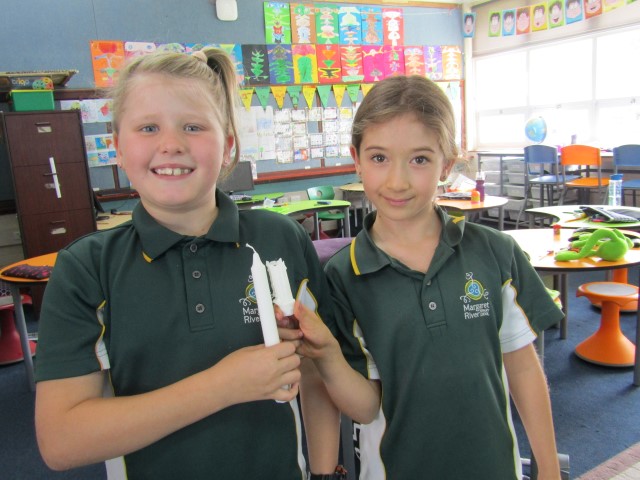

 Thank you for giving up some rest time (before heading out again tonight to track and work with frogs) to come in and talk to us today.
Thank you for giving up some rest time (before heading out again tonight to track and work with frogs) to come in and talk to us today.